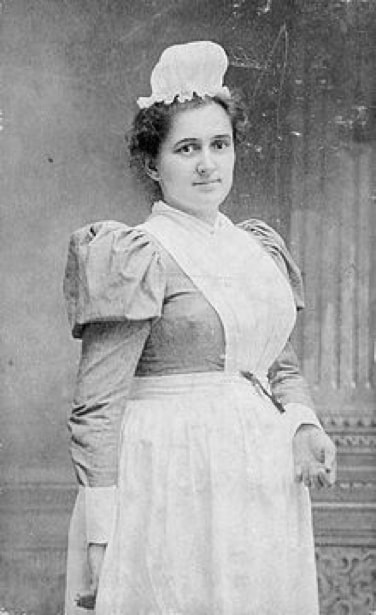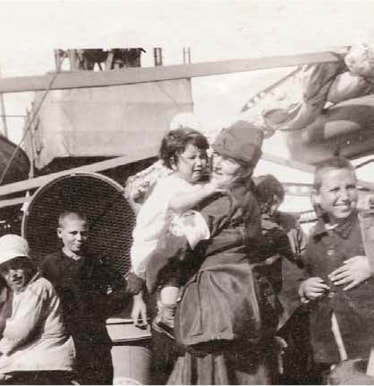About Us
Established in 2012 by educator and genocide education advocate Raffi Sarkissian, the Sara Corning Centre for Genocide Education is dedicated to disseminating human rights- and genocide-related research to elementary and secondary school students. Its work lies within the tradition of a sentiment expressed by Sara herself: “The hope for the future of all nations is education.”
The Corning Centre’s conviction is that human rights education is effective in ensuring that Canadian students become engaged in civic life, advocate for their own rights and those of others, and remain aware of the consequences of discrimination. Its initiatives including organizing teacher training workshops, developing programs for schools, giving in-class presentations, hosting public lectures, and creating teacher and student resources.
The Corning Centre’s conviction is that human rights education is effective in ensuring that Canadian students become engaged in civic life, advocate for their own rights and those of others, and remain aware of the consequences of discrimination. Its initiatives including organizing teacher training workshops, developing programs for schools, giving in-class presentations, hosting public lectures, and creating teacher and student resources.
Sara Corning's Life


1872–1917
Sara Corning was born in the village of Chegoggin, Nova Scotia, in 1872. At 24, Sara decided to become a nurse. She moved to the United States for training and worked in New England for almost twenty years. Her first experience with disaster relief likely came in 1917, when she returned to Nova Scotia to help the 10,000 victims of the Halifax Explosion.
1918–1919
In 1918, at the age of 46, Sara was certified by the American Red Cross. She joined Near East Relief, an organization created to help civilians affected by World War I, in 1919. Soon after, she landed in Constantinople (Istanbul) with 250 other relief workers. She helped rescue and care for thousands of Armenian and Greek orphans over the next decade, often risking her life in the process.
1919–1922
Sara's first post was in the South Caucasus, in the Republic of Armenia. Stationed near Yerevan, she worked among hundreds of thousands of starving refugees who were often infected from typhoid and cholera. Her second post was at Anatolia College in north-central Anatolia. Most mornings, Sara and her colleagues would gather babies left at the college's entrance by desperate parents.
1922
World War I had ended in 1918, but postwar conflicts continued to rage. The Greco-Turkish War of 1919–1922 was one such conflict. By September 1922, Turkish forces were pushing an invading Greek army back to the Aegean coastal city of Smyrna (Izmir). Amid the turmoil, hundreds of thousands of people flooded into Smyrna with hopes of being rescued by Allied warships. The American navy chose to pursue a policy of strict non-involvement, however, and the Red Cross and Near East Relief were instructed to evacuate only those who were American citizens. A medical team, which included Sara, was assigned to assist. Initially forbidden from bringing locals aboard the ships, they were able to set up triage stations for the refugees. On September 13, a conflagration began to rage. As Turkish forces entered the city, entire neighbourhoods were set ablaze. Under these conditions, Sara and her colleagues rescued hundreds of children trapped inside two schools. They led them through the smoke and bloodshed, finally delivering them to American warships headed for Greece.
1922–1930
In Greece, Sara helped establish new orphanages and became responsible for running one herself. She adopted five girls and funded their education. For her bravery, King George II of Greece awarded her the Knight's Silver Cross of the Order of the Redeemer, one of the country's highest honours. She was reassigned to Anatolia College in the late 1920s and worked inside the new Republic of Turkey until the college closed in 1930.
1930–1969
Returning to Chegoggin, she lived in her childhood home until her death in 1969, at the age of 97. Her headstone was inscribed with the words “She Lived to Serve Others.”
Today
Today, Sara Corning's legacy is kept alive by the Yarmouth County Museum and Archives, the Sara Corning Society (both in Nova Scotia), and the Sara Corning Centre for Genocide Education (in Toronto).